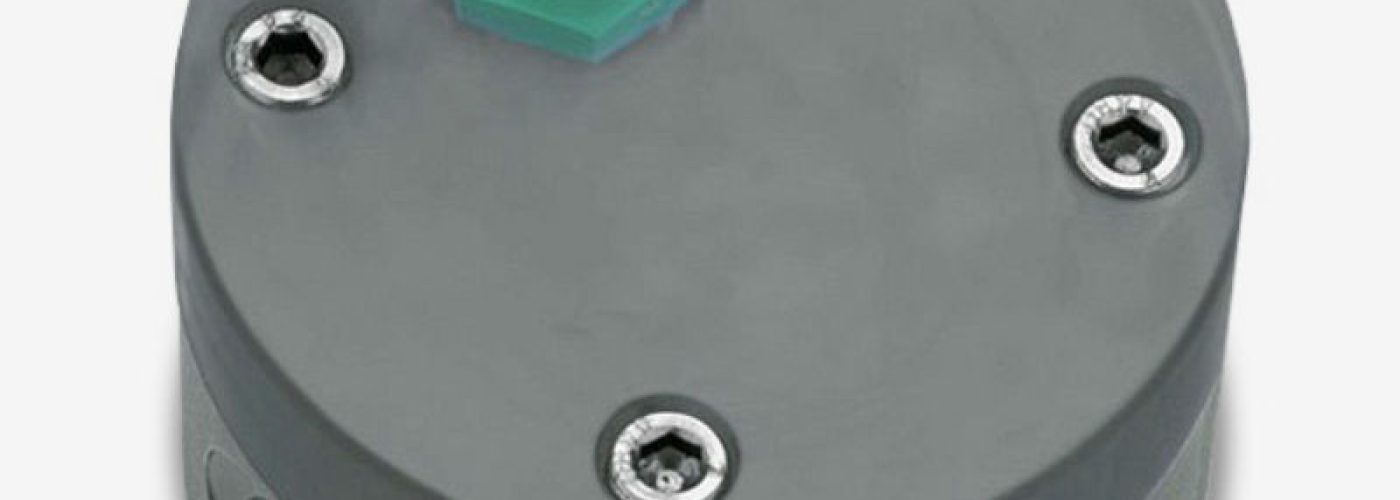Being able to measure flow accurately is extremely important to many applications – this is especially true in industrial plants, where it can make a genuine difference to a company’s ability to make a profit. Lacking an understanding of flow can lead to issues not being corrected and the will impact an organisation’s bottom line.
To measure flow, you need an instrument known as a flow meter. These devices are mused to measure either the volumetric or mass flow rate, or the amount of fluid passing through a pipe. Flow meters are used in a variety of different applications in measuring their volumetric flowrate or their mess flowrate. The actual application defines the type of capacity of the flow meter; both liquids and gases are measured in terms of volumetric and mass flowrate.
There are actually many different types of flow meter, and the one that you need depends entirely on the application that you want to use it for. In this article we take a look at five of the common types of flow meter to understand their applications.
- Differential pressure flow meter
One of the more common forms of flow meter found in applications around the world, differential pressure flow meters are often used in the oil and gas industries. They also have applications in everything from HVAC and pharmaceuticals to mining, paper and chemical production – their uses are clearly extremely wide.
These meters measure the differential pressure across an orifice where the flow is related directly to the square root of the differential pressure that is being produced. The meters work with two elements: primary and secondary. The primary element produces a change in kinetic energy either through a flow nozzle, an orifice plate or a venturi flow meter. The secondary element is used to measure the differential pressure and then provide the signal.
- Positive displacement flow meter
Positive displacement (PD) flow meters are well known for being extremely accurate. This means that they have a range of uses in the transferring of oil and other fluids such as gasoline and hydraulic fluid. They even have use around the house with applications in water and gas.
PD flow meters are used to measure a volume filled with fluid, deliver it and then fill it again. This allows the meter to calculate the amount of fluid that has been transferred. The majority of forms of flow meter measure some sort of parameter and convert the value into a flowrate – PD flow meters actually measures the flow of the fluid. Some of the meters include piston meters, nutating disk metres and rotary vane type meters.
- Velocity flow meter
Another common form of flow meter is the velocity flow meter. These instruments are used to measure the velocity of the stream in order to calculate the volumetric flowrate. Velocity flow meters are less sensitive when the Reynolds number of the fluid is higher than 10,000. Some examples of velocity flow meters include electromagnetic and sonic/ultrasonic, turbine, paddlewheel and vortex shedding flow meters.
- Mass flow meter
Mass flow meters measure the force resulting from mass accelerating through a pipe, this means that they are most effective in mass-related processes. They work by measuring the force of mass moving per a unit of time, rather than volume per a unit of time. Common forms of mass flow meters include thermal dispersion meters and Coriolis mass meters.
Many of the major applications for mass flow meters are related to chemical processes. They are often found in the gas and chemical industries, as well as throughout power, pharmaceuticals, waste water and mining.
- Open channel flow meter
Finally, we come to the measurement of liquid in open channels. This occurs in v-notch, weirds and flumes. They allow for a concentrated or a limited free-flow of liquid depending on the shape of the structure. Some of the most common applications for open channel flow meters include measuring free-flowing liquids such as those found in rivers, streams or sewers.
Image courtesy of: Applications Engineering





